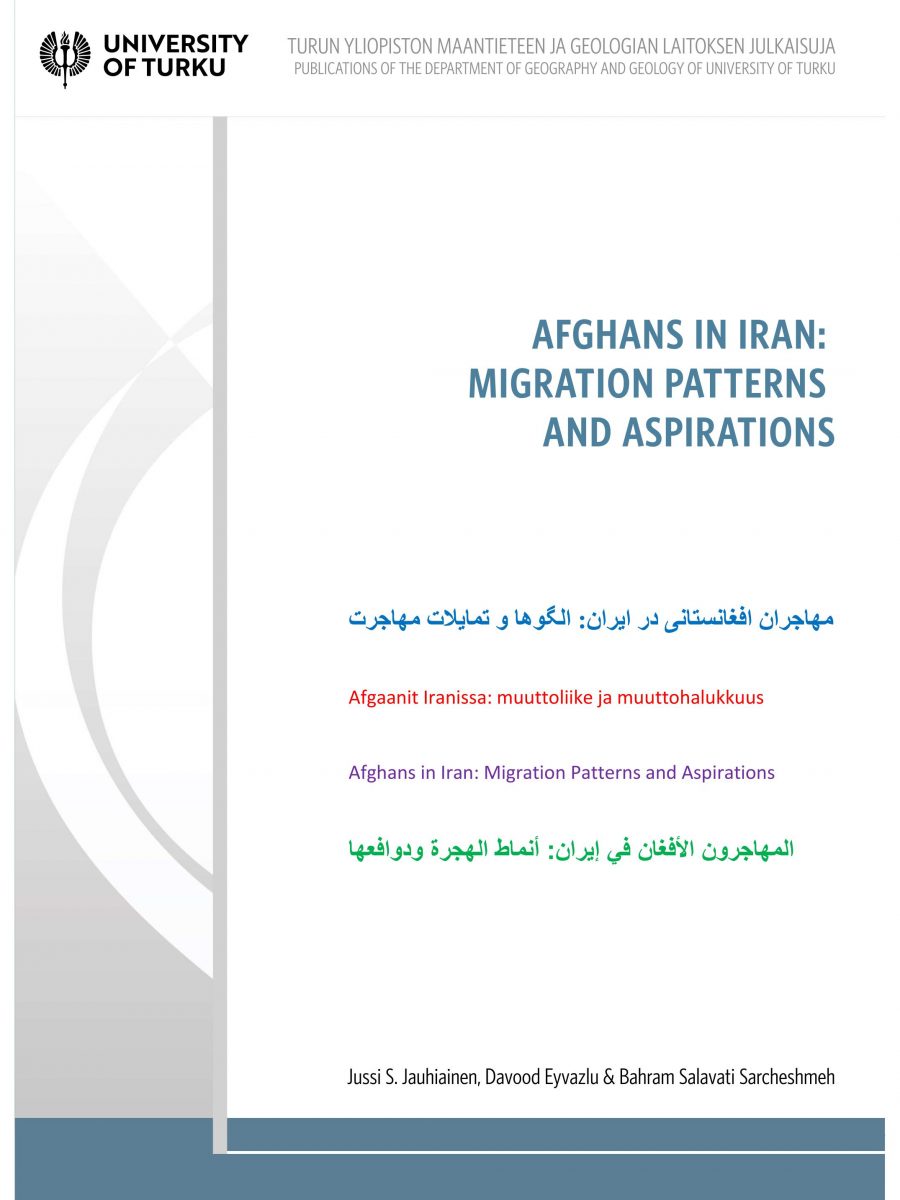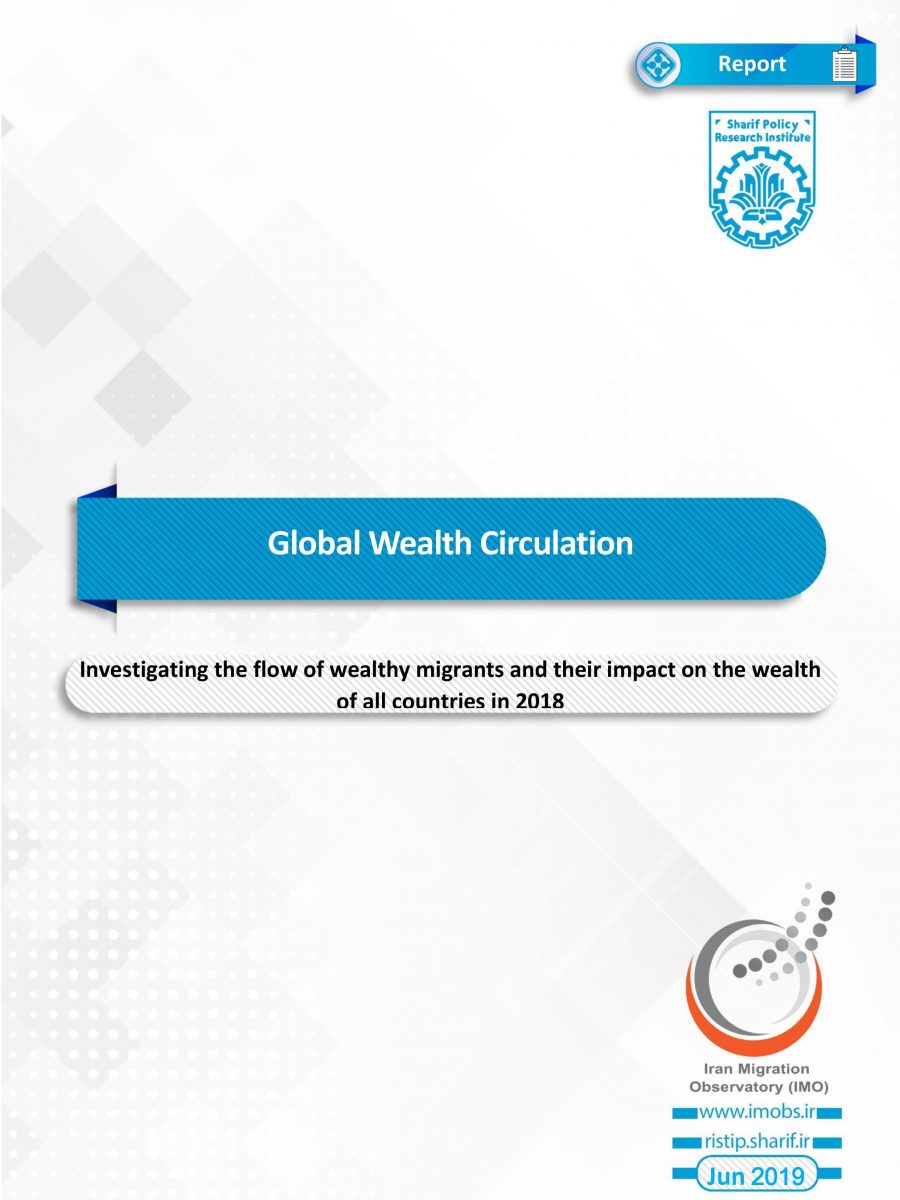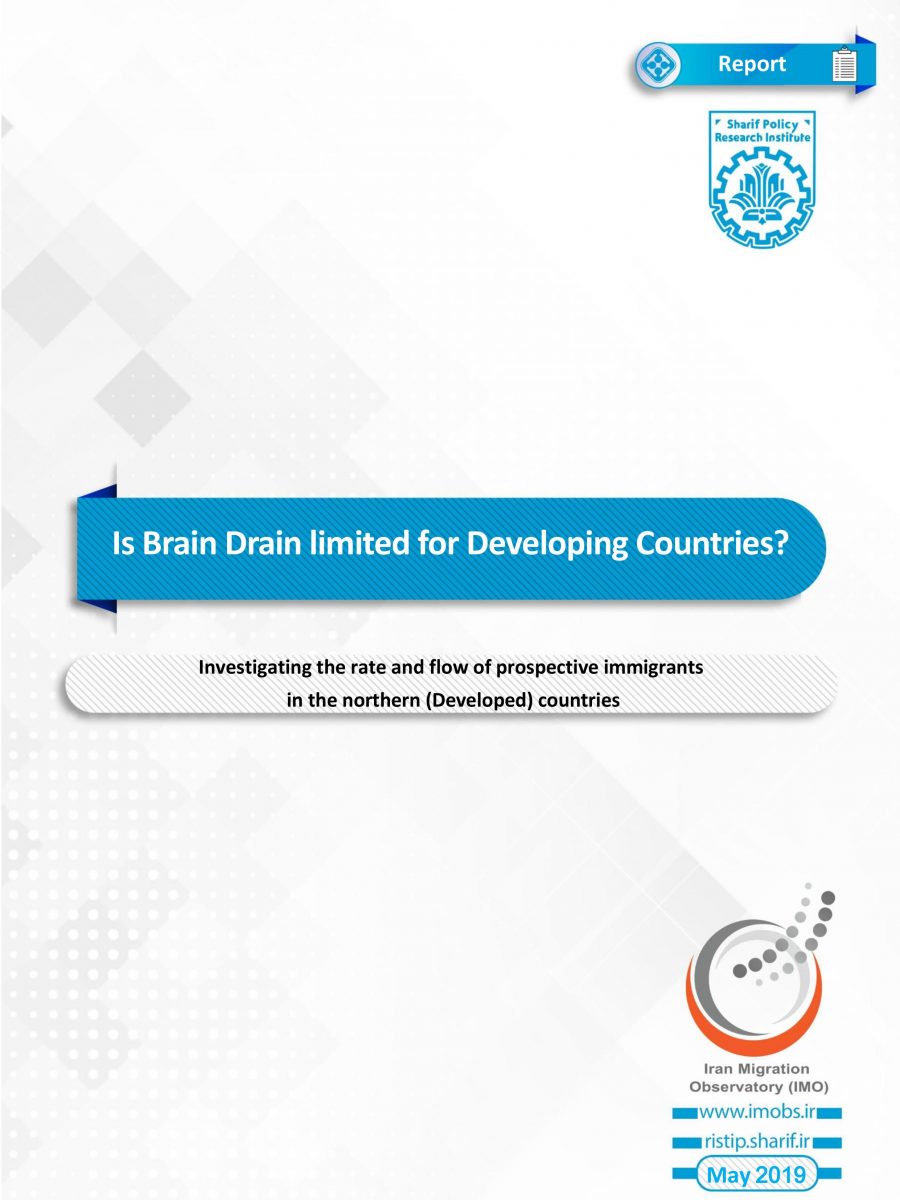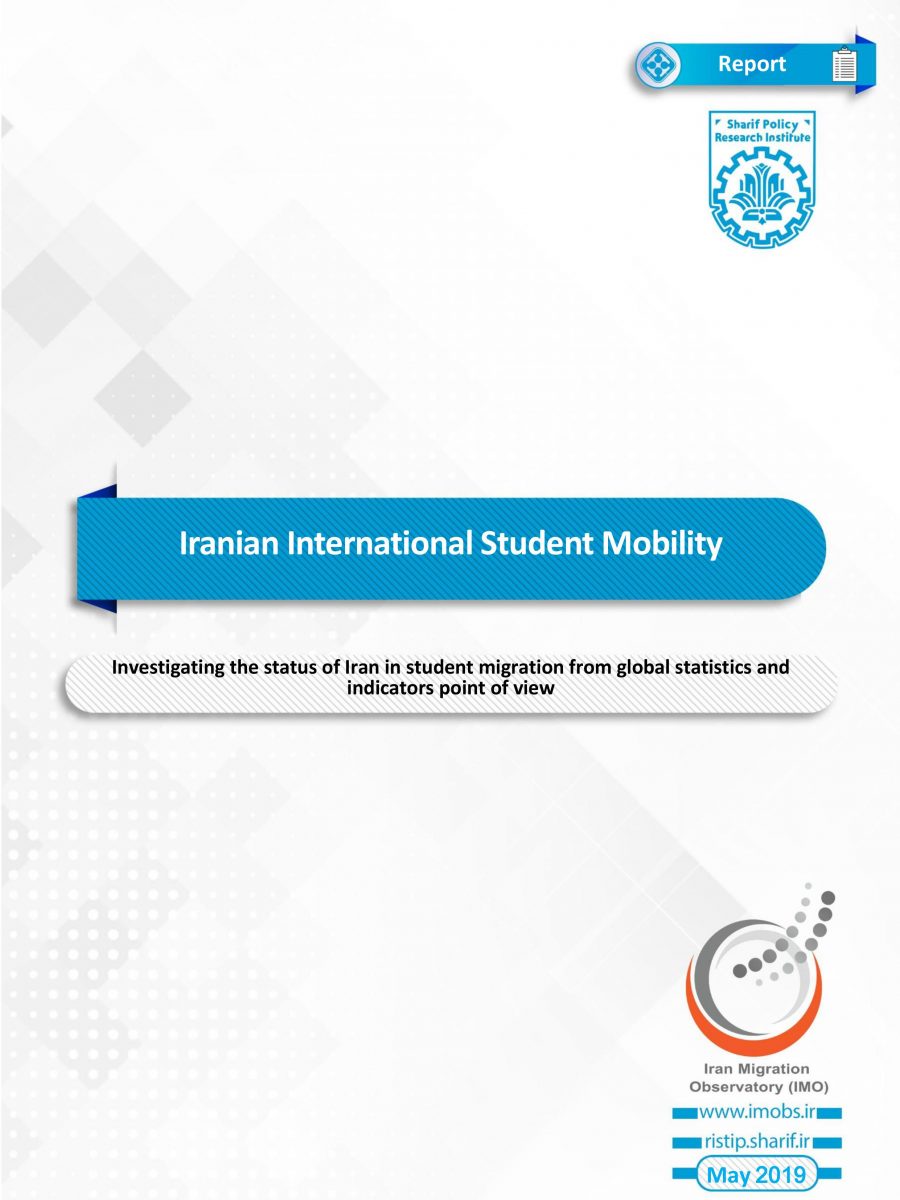
گزارش رسمی از جابهجایی ( داخلی -بین المللی) ایرانیها
2019-09-29
MiReKoc International Summer School 2020 Research Methods and Ethics in Migration Studies
2020-02-28AFGHANS IN IRAN: MIGRATION PATTERNS AND ASPIRATIONS
Classification:
Forced Migration and Refugees
Abstract:
More than 3 million Afghans—refugees, regular migrants and irregular migrants—reside in Iran. They are a significant community whose migration and migration aspirations are of international, national and local interest and impact.
The research “Afghans in Iran: Migration Patterns and Aspirations” was conducted in cooperation with the University of Turku (Finland), the Shahid Beheshti University (Iran) and the Sharif Policy Research Institute’s Iran Migration Observatory at the Sharif University of Technology (Iran). Important support from Iran’s Ministry of the Interior, the Dean of the Sharif Policy Research Institute and the International Affairs Office of the Sharif University of Technology is acknowledged, as is the financial support of the Strategic Research Council at the Academy of Finland (URMI research consortium, www.urmi.fi) and the Geography Section of the University of Turku.
The study’s main research questions are as follows: What are the migration patterns of Afghans in Iran, and what are the migration aspirations of Afghans— refugees, regular migrants and irregular migrants in Iran—inside Iran, to Afghanistan and to third countries?
The analysis is based on earlier research findings, as well as on specific surveys and interviews conducted for this research in Iran in October 2017 and June–September 2019. In total, 2,009 persons with Afghan backgrounds (refugees, regular migrants and irregular migrants aged 15 years and older) responded to the surveys, and 116 Afghans and 54 stakeholders related to Afghans were interviewed.
In 2017, 644 persons with Afghan backgrounds from the Kerman, Razavi Khorasan and Khuzestan provinces responded anonymously to the survey. Of these Afghans, 546 lived in the Bani Najjar, Bardsir, Rafsanjan and Torbat-e Jam refugee guest settlements, and 98 lived elsewhere in the Kerman and Razavi Khorasan provinces. In addition, 72 Afghan refugees and irregular migrants were interviewed.
In 2019, 1,365 persons with Afghan backgrounds from the Tehran, Mashhad, Isfahan and Kerman urban regions responded to the survey. In addition, 44 Afghans active in sociocultural and economic issues in Iran, such as students, businesspersons and NGO managers, were interviewed.
Furthermore, in 2017, interviews were also conducted with 54 stakeholders, such as representatives of the Bureau for Aliens and Foreign Immigrant Affairs (BAFIA; located in Razavi Khorasan and Khuzestan) of the Ministry of the Interior and the United Nations High Commissioner for Refugees (UNHCR; office in Mashhad), as well as public authorities in districts, municipalities and villages of the study areas, managers and council members in the four studied refugee guest settlements and other public authorities and private sector representatives.
All ethical research guidelines were followed rigorously, and all survey respondents remained anonymous. We are grateful to all the people who responded to our survey and allowed us to interview them. Research assistants helped collect and analyse the research material. The main researchers responsible for this report are Professor Jussi S. Jauhiainen (University of Turku), Dr Davood Eyvazlu (Sharif Policy Research Institute at the Sharif University of Technology) and Dr Bahram Salavati Sarcheshmeh (Sharif Policy Research Institute at the Sharif University of Technology).
According to the survey results, Afghans’ intentions regarding living in Iran for the rest of their lives vary: two out of five Afghan refugees in guest settlements, three out of ten refugees living elsewhere in Iran, and one out of four regular and irregular Afghan migrants intended to stay. Among the respondents who aspired to stay in Iran, most were 50–64-year-old Afghans who came to Iran from Afghan villages more than 20 years prior and who have family members in Iran; young Afghan adults who lived in guest settlements with their spouses and children and who have spent 10–20 years in Iran; and the oldest regular and irregular migrants.
A slight majority of respondents intended to migrate within Iran, mostly to Mashhad or Tehran. Almost all respondents from Mashhad in the Razavi Khorasan province wanted to remain in their current location, as did five out of six respondents living in the Tehran urban region. However, international sanctions on Iran, which have resulted in the devaluation of the national currency, made almost two out of three Afghans in Iran think about migrating from Iran.
Roughly two out of five Afghan refugee respondents in guest settlements and one out of four Afghan refugee respondents elsewhere in Iran would like to migrate to Afghanistan. This is also the case for one out of three respondents among Afghan regular migrants and half of Afghan irregular migrants. However, fewer actually plan to return. In particular, the oldest employed and married irregular migrants aspire to migrate to Afghanistan. Those who least aspire to migrate to Afghanistan included unmarried, 30–49-year-olds and women refugees living in guest settlements.
Roughly one out of three Afghans hoped to move from Iran to Europe—typically single, employed Afghan men from Iranian cities—but such migration aspirations might not result in actual migration. Very few mentioned Turkey as their preferred destination. Younger Afghans in Iran are more likely to desire to migrate abroad, but very few young Afghan adults want to migrate to Afghanistan, which they perceive as insecure.
Among Afghans in Iran, around 1.6–1.85 million (including 0.4–0.5 million children) are likely to remain in Iran or did not express plans to leave Iran.
Among Afghans in Iran (aged 15 years and older), about 0.85–1 million plan to migrate out of Iran. About 0.6 million would like to migrate to Afghanistan, and 0.28–0.4 million intend to migrate to the EU. Many of these potential migrants have young children in Iran whose migration depends on what their parents do. However, whether such plans lead to actual migration from Iran depends on many external factors.
International geopolitical tensions have grown in Iran in 2020, especially following the actions of the United States in Iraq in January 2020. The growing geopolitical and economic pressures on in Iran may make the country increasingly challenging and insecure for Afghans. This would decrease labour-related irregular migration from Afghanistan to Iran. The challenges in Iran increase the migration aspirations of Afghans to leave Iran. The potential migration destinations depend on Afghans’ (perceived) opportunities. If Afghanistan is considered a viable option, more will aim to (return) migrate there. If Afghanistan is (perceived) economically and politically insecure, more Afghans—especially younger adults—will opt for migration through Turkey to the EU.
These research-based results about Afghans in Iran can support the design of efficient evidence-based policies that successfully impact individuals, communities and Iranian society as a whole, so research about the migration and migration aspirations of Afghans should be continued.
Jussi S. Jauhiainen, Davood Eyvazlu
& Bahram Salavati Sarcheshmeh (jusaja@utu.fi)




